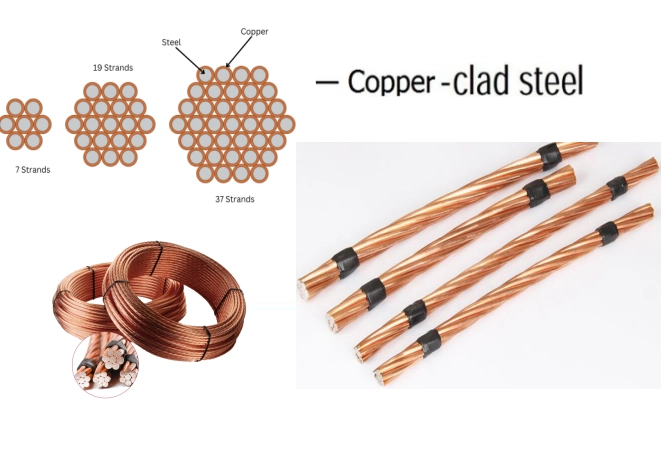When it comes to outdoor adventures, the choice of tent fabric can significantly impact your experience, particularly in wet conditions. For campers, hikers, and outdoor enthusiasts, understanding which tent fabric is the most waterproof is crucial for ensuring comfort and safety. This article delves into the various types of tent fabrics, their waterproof ratings, and the technology behind them, helping you make an informed decision for your next expedition.
Understanding Waterproof Ratings
Before we explore specific fabrics, it's essential to understand how waterproofness is measured. The most common metric used is the Hydrostatic Head (HH), which indicates how much water pressure a fabric can withstand before leaking. This measurement is expressed in millimeters (mm). For instance, a fabric with a rating of 1,500 mm can withstand a column of water 1,500 mm high before water begins to seep through. Generally, a rating of 1,500 mm is considered suitable for light rain, while 3,000 mm and above is ideal for heavy rain and prolonged exposure.
Common Tent Fabrics and Their Waterproof Properties
- Polyester
- Waterproof Rating: Typically ranges from 1,500 mm to 3,000 mm.
- Characteristics: Polyester is lightweight, durable, and resistant to UV rays, making it a popular choice for many tents. However, its waterproof capabilities can vary based on the coating applied. Most polyester tents are treated with a polyurethane (PU) coating to enhance their waterproof properties.
- Nylon
- Waterproof Rating: Generally between 1,500 mm and 5,000 mm.
- Characteristics: Nylon is known for its strength and lightweight nature. When treated with silicone or PU coatings, nylon can achieve impressive waterproof ratings. Silicone-coated nylon, often referred to as silnylon, is particularly favored for ultralight tents due to its high strength-to-weight ratio and excellent waterproof capabilities.
- Canvas
- Waterproof Rating: Varies widely; untreated canvas may not be waterproof, while treated canvas can reach 3,000 mm or more.
- Characteristics: Canvas tents are renowned for their durability and breathability. However, they require treatment with waterproofing agents to enhance their resistance to water. While canvas can be heavy, it offers excellent insulation and is often used in glamping or base camping scenarios.
- Cuben Fiber (Dyneema)
- Waterproof Rating: Exceeds 10,000 mm.
- Characteristics: Cuben fiber, or Dyneema, is a revolutionary fabric that is incredibly lightweight and boasts exceptional waterproof properties. It is often used in high-end ultralight tents and tarps. Its unique construction makes it resistant to stretching and tearing, making it ideal for extreme conditions.
Factors Influencing Waterproof Performance
While the fabric itself plays a crucial role in waterproof performance, several other factors can influence a tent's overall water resistance:
- Seam Sealing: Even the most waterproof fabric can leak if seams are not properly sealed. Tents with taped or welded seams provide additional protection against water ingress.
- Rainfly Design: The design and fit of the rainfly can significantly affect water runoff. A well-designed rainfly that extends beyond the tent body can prevent water from pooling and seeping in.
- Ventilation: Proper ventilation is essential to reduce condensation inside the tent, which can mimic leaks. Look for tents with adjustable vents to maintain airflow while keeping rain out.
Conclusion: Choosing the Right Tent Fabric
When selecting a tent for your outdoor adventures, consider the conditions you expect to encounter. For light rain and casual camping, polyester or nylon tents with a waterproof rating of 1,500 mm to 3,000 mm may suffice. However, for more extreme weather conditions, especially prolonged exposure to heavy rain, investing in high-performance materials like silnylon or cuben fiber is advisable.

More Stories
Why Stainless Steel Sports Bottles Are Perfect for Every Workout
Achieve Healthier, Stronger Hair: The Power of Keratin Purifying Shampoo
Nicotinamide in Cosmetics for Brightening and Skin Health